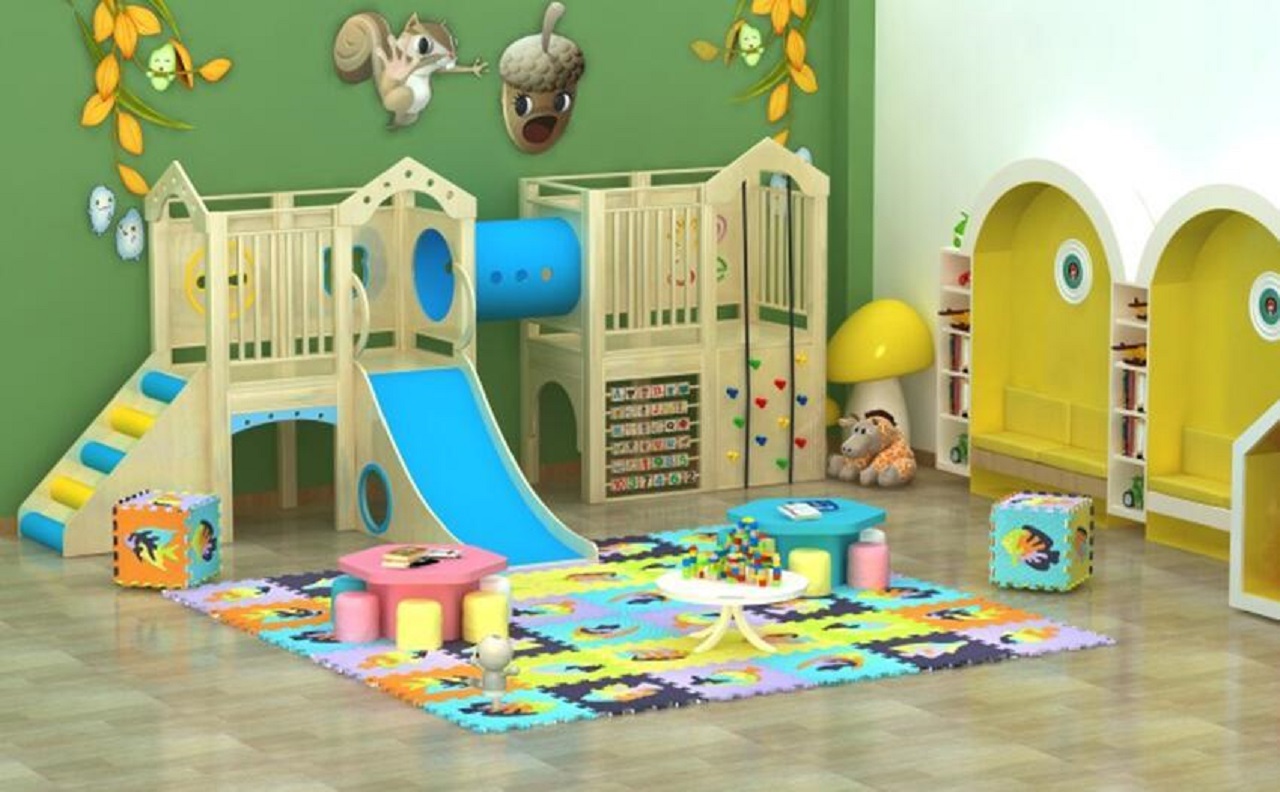Preschool indoor playgrounds serve as dynamic hubs for early childhood development, offering a myriad of opportunities for play, learning, and social interaction. Following discussed crucial components define an engaging and educational preschool indoor playground, ensuring a harmonious blend of fun and developmental growth.
The Essence of a Preschool Indoor Playground
A preschool indoor playground is more than just a play area; it's a carefully curated space designed to stimulate young minds and nurture holistic development. The following components highlight the essential elements that contribute to the success of such indoor environments.
Age-Appropriate Play Structures
The cornerstone of any preschool indoor playground is the selection of age-appropriate play structures. These structures, from soft climbing areas to interactive games, are meticulously chosen to align with the developmental stages of young children. The aim is to create an environment where they can explore, challenge themselves, and build foundational motor skills.
Immersive Learning Corners
Integrating learning into play is a hallmark of effective preschool indoor playgrounds. Immersive learning corners, adorned with educational toys, books, and interactive displays, encourage cognitive development. These corners become small havens for discovery, where children engage with numbers, letters, and shapes in an informal and enjoyable setting.
Safety-First Design
Ensuring the safety of preschoolers is paramount in the design of indoor playgrounds. Soft, cushioned surfaces, rounded edges, and secure installations are incorporated to minimize the risk of injuries. The focus is on creating an environment where children can explore freely, fostering independence and confidence under the watchful eye of caregivers.
Designing a Stimulating Indoor Playground for Preschoolers (h2)
Crafting an indoor playground that captures the imagination of preschoolers requires strategic planning and thoughtful design choices. The following considerations are crucial in creating a space that encourages both play and learning.
Layout for Exploration
The layout of a preschool indoor playground should be conducive to exploration. Strategic placement of play structures and learning corners allows for a flow that encourages children to move seamlessly between activities. A well-thought-out layout enhances the sense of discovery, providing opportunities for both individual and group play.
Multisensory Experiences
Preschoolers thrive on multisensory experiences, and a well-designed indoor playground caters to this need. Incorporating a variety of textures, colors, and sounds stimulates their senses, contributing to the development of sensory perception and cognitive skills. From tactile walls to musical play elements, each addition is chosen with the aim of creating a rich sensory environment.
Flexibility in Design
Preschoolers are known for their boundless energy and ever-changing interests. A flexible design that allows for the rearrangement of play elements ensures that the indoor playground remains dynamic and captivating. This adaptability ensures that the space grows with the children, providing ongoing challenges and new experiences.
Conclusion
In conclusion, a well-designed preschool indoor playground is a testament to the commitment to early childhood development. By integrating age-appropriate play structures, immersive learning corners, and a safety-first approach, indoor playgrounds become more than spaces for play—they evolve into environments that foster creativity, social skills, and a love for learning. Strategic design choices, layout considerations, and a focus on multisensory experiences collectively contribute to crafting indoor playgrounds that not only meet the physical needs of preschoolers but also enrich their cognitive and emotional development.


